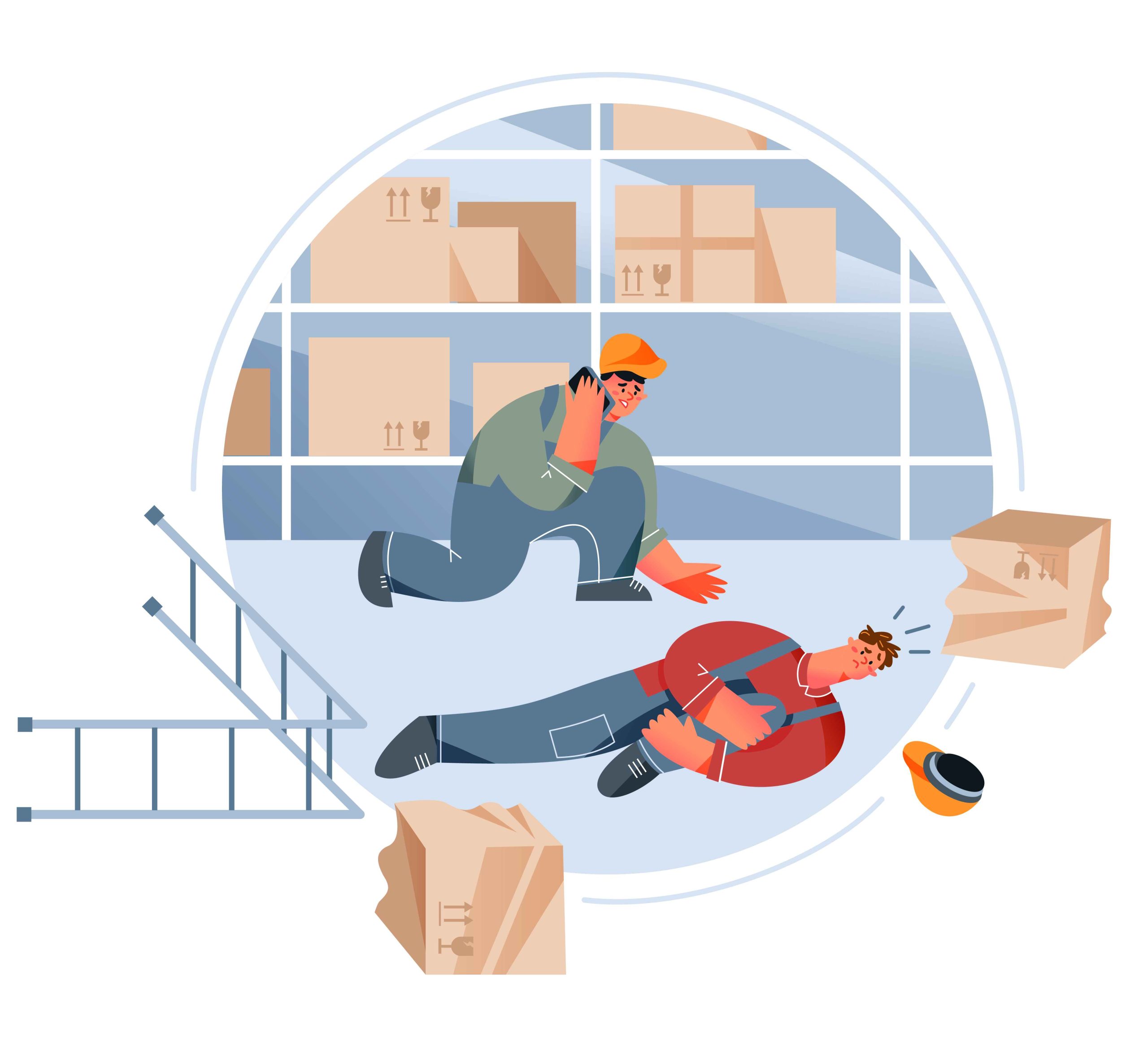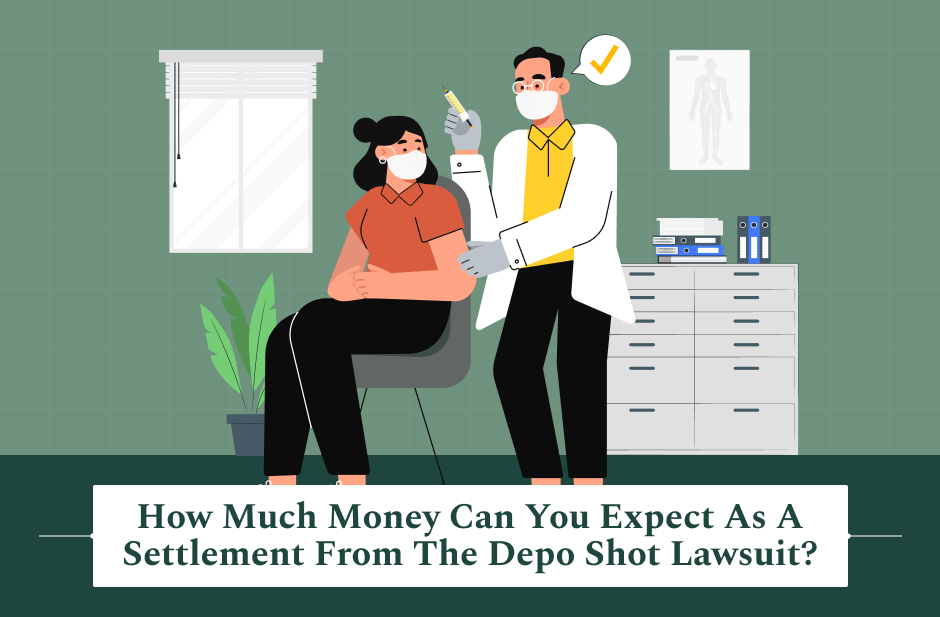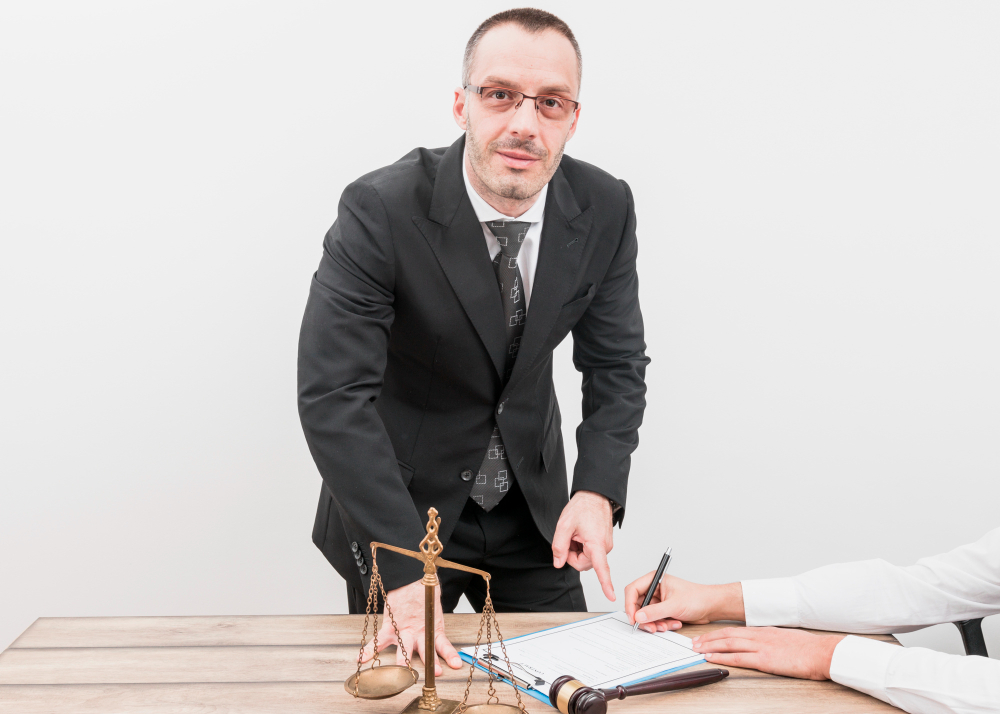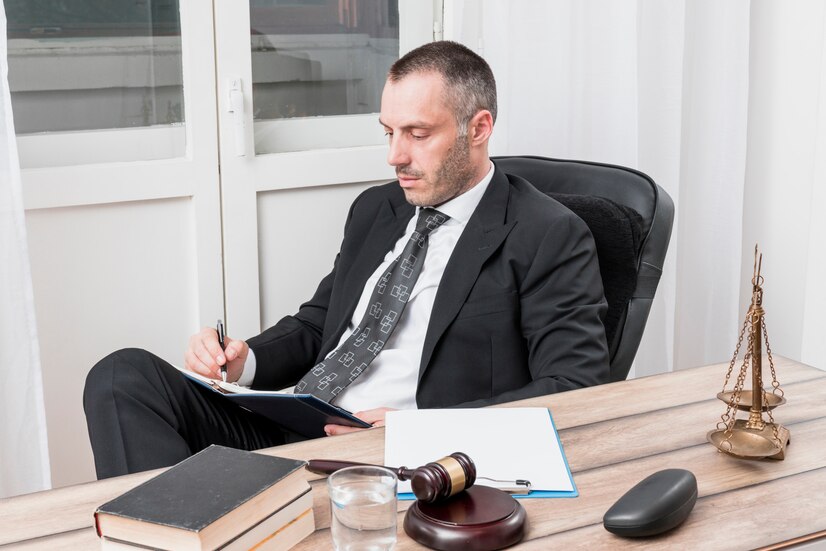If you have been thinking about getting the legal help that might help in slip and fall recovery, you are not the only one!
Slip and fall accidents are still a frequent but underappreciated risk in a variety of settings, including crowded workplaces and public streets.
Most people often think that a minor slip can only result in minor discomfort or shame. However, serious accidents can cause fractures, brain damage, or permanent disability if they are not treated right once.
According to data from the Centers for Disease Control and Prevention (CDC), each year, thousands of people need to visit the hospital. Most of them go because of fall-related accidents.
However, you need adequate aftercare and lifestyle modifications. Furthermore, frequently obtaining legal advice to ensure your rights are upheld in the event that negligence plays a role is an essential component of a complete recovery.
Hi. In today’s blog, I will talk about the key aspects of healing well from a slip and fall injury, including treatment methods. Additionally, I will talk about how to save your finances for this and the importance of legal help if another party’s liability factors into your case.
So, keep reading till the end, and thank me later!
Understanding the Mechanisms of Slip and Fall
Usually, a “slip and fall” accident happens when your foot loses contact with the ground. This can be because of slick surfaces, uneven floors, or abrupt elevation changes.
Common offenders in commercial settings include spilt liquids, loose matting, and dimly lit hallways.
You may lose your footing outside due to icy spots, standing water, or damaged pavement. The severity of these injuries can vary from minor bruises to severe spinal or cranial injuries. It all depends on the intensity with which you are hitting the ground.
Intense force can be generated by even a brief fall, especially on brittle joints like the knee or wrist.
These accidents frequently catch people off-guard. This makes it difficult for them to adequately prepare, which increases the severity of the harm.
Once an accident happens, immediate steps—such as checking for fractures or head trauma—can minimize complications down the road.
Starting Slip and Fall Recovery: Medical Intervention and Physical Therapy
Quick medical evaluation is crucial to the course of your recovery. Consult a medical expert right away if you have sharp pains, trouble supporting your own weight, or symptoms of a concussion (such as lightheadedness or blurred vision).
Doctors can determine the extent of fractures or tissue damage using X-rays, MRIs, or CT scans. The doctor might prescribe you braces, casts, or splints. These help to stabilize injured parts apart from helping with pain management techniques, depending on the diagnosis.
Meanwhile, after the acute period is over, physical therapy becomes helpful. Rebuilding muscular strength and joint mobility with focused exercises under the guidance of a certified therapist is a must. It lowers the risk of reinjury or persistent stiffness.
Resuming regular treatment sessions frequently results in quicker returns to everyday activities, whether it is taking up hobbies or a physically demanding job.
Missing scheduled follow-ups or disregarding therapist advice can prolong discomfort, so commit early to the regimen your medical team prescribes.
The Importance of Legal Help in Slip and Fall Recovery
One important factor that individuals frequently ignore is the possible need for legal help. This is particularly important if the slip and fall happened on someone else’s property.
It might be difficult to find legal help for slip and fall injuries, though. If your accident was caused by negligence, getting legal advice can help you get paid for any ongoing rehabilitation expenses, lost wages, or medical bills.
Personal injury law experts can help you gather proof, negotiate with insurance providers, and take care of local responsibility laws. A lawyer may explain how comparative negligence affects possible claims, even if you suspect partial fault.
Professional legal assistance ensures you aren’t burdened alone when finances are on the line. This is especially true if you need extensive rehab or surgery.
Early engagement with counsel also stops you from missing important filing deadlines or inadvertently signing away rights in rushed settlements.
Key Steps for a Smooth Slip and Fall Recovery
Essential steps to support your emotional and physical restoration are listed below:
- Attend every medical consultation: Ignoring sessions could result in incomplete recovery or persistent pain.
- Note Symptoms Every Day: Maintaining a journal of your feelings aids physicians in making efficient treatment adjustments.
- Do the Exercises That Your Doctor Has Prescribed: Follow your physical therapist’s instructions for at-home exercises.
- Arrange Information About Insurance: Know what parts of your therapy are covered and where you may have to pay for them out of pocket.
- Speak with an Expert in Law: A lawyer can ease anxiety and provide just recompense if culpability is ambiguous or contested.
Following these guidelines promotes a more assured return to normalcy. Additionally, it will help reduce the number of issues resulting from taking shortcuts or ignoring important elements.
Automation and Tools for Self-Care
Technology can make rehabilitation much easier by monitoring progress and reminding users to do necessary chores.
Apps that remind you to stretch or use hot/cold treatment at specific times are one example.
Some wearable technology can even measure how well you walk. This informs physical therapists who may adjust your workout regimen in real time.
It also reduces the risk of missing doses or inadvertently taking too much medication when pain treatment involves the use of digital pill organizers or phone alerts.
Remember, nevertheless, that these instruments will never take the role of direct clinical supervision. They simply provide you with instant feedback or encouragement in between sessions, enhancing in-person therapy.
The ultimate goal is to automate mundane tasks. In this way, you can concentrate on actual healing—like carefully performing assigned movements or focusing on regaining confidence in daily walking or stair navigation.
Handling Psychological Aftermath
In addition to causing bodily harm, slip-and-fall accidents frequently cause psychological stress or anxiety. It is particularly true if the fall incites a fear of recurrence.
You risk reducing normal activities and compromising your mental health if you become extremely careful about going outside. You won’t be able to return to work or play leisure sports like you used to. Some survivors have dreams or flashbacks related to the accident.
Counselling and short-term treatment are examples of mental health therapies that can normalize these emotions and provide coping mechanisms.
Peer support groups can also be beneficial because they let you talk to people who are going through similar things.
Even if official treatment isn’t always necessary for emotional healing, it is best that you identify persistent anxieties early and get help if they continue. It will help you avoid negatively impacting your quality of life later on.
Reintegration into Work or Daily Routines
Resuming regular activities when the acute healing phase is over necessitates a different approach.
It may be safer to reenter gradually rather than all at once if your profession involves a lot of physical labor, such as retail or construction.
For example, some employers provide “light-duty” positions where you can work on less demanding duties while still receiving therapy. This setup keeps you connected to the workforce while avoiding overexertion-related setbacks.
Ergonomic setups are important even for desk jobs; changing the keyboard angles, footrests, or chair heights can ease the tension on recuperating muscles.
Work with your employer to identify jobs you can complete remotely if your doctor recommends working from home a few days a week.
It might be challenging to strike a balance between your career and personal commitments. However, open communication about your constraints promotes respect for one another.
Over time, measured progress ensures fewer relapses or new injuries.
Prevention Lessons and Future Safeguards
Looking beyond the immediate healing, your slip and fall also offers an opportunity to rethink personal or organizational safety measures.
The necessity for more regular floor inspections or the adoption of improved footwear, such as non-slip shoes, may be prompted by slippery floors.
Recommendations for better lighting or signs in that building may arise from a poorly lit hallway that had a role in your accident.
If you own a business, the tragedy may highlight the significance of strong safety procedures, such as building railings, using regular cleaning schedules, or teaching employees to recognize potential risks.
If stakeholders recognize the risk at an early stage, many incidents can be avoided. Utilizing “teachable moments” guarantees that an unpleasant experience turns into a driving force behind safer behaviors, which benefits not only you but also those in your immediate vicinity.
Linking to Authoritative Resource
The Occupational Safety and Health Administration (OSHA) provides a wealth of information if you wish to learn more about slip and fall injuries or collect statistics on prevention.
Its advice, such as appropriate signage for damp floors or rules for walkway design, is applicable to a wide range of situations, even if its primary focus is workplace safety.
Employees can learn about protective measures or danger-reporting procedures by reading government guidelines, which also clarify how property owners should maintain their properties.
By using these accepted standards, you may be guaranteed that your slip and fall event and recovery follow tried-and-true safety norms.
Slip and Fall Recovery: The Path is Difficult But Possible!
It takes much more than just waiting for your muscles or bones to heal to recover from a slip and fall; you also need to understand your liability, get thorough rehabilitation, and protect your mental and financial health.
Legal assistance is frequently crucial if there is external carelessness involved, even though medical intervention and regular rehabilitation serve as the cornerstones of physical recovery.
The daily stresses of healing can be lessened with automation tools and thorough documentation. This allows you to concentrate on necessary exercises or have a reasonable return to work schedule.
Above all, a slip and fall emphasize the value of being alert. It helps you identify risks, promote safer surroundings, and demand responsibility from both employers and property owners.
LEARN MORE:
















